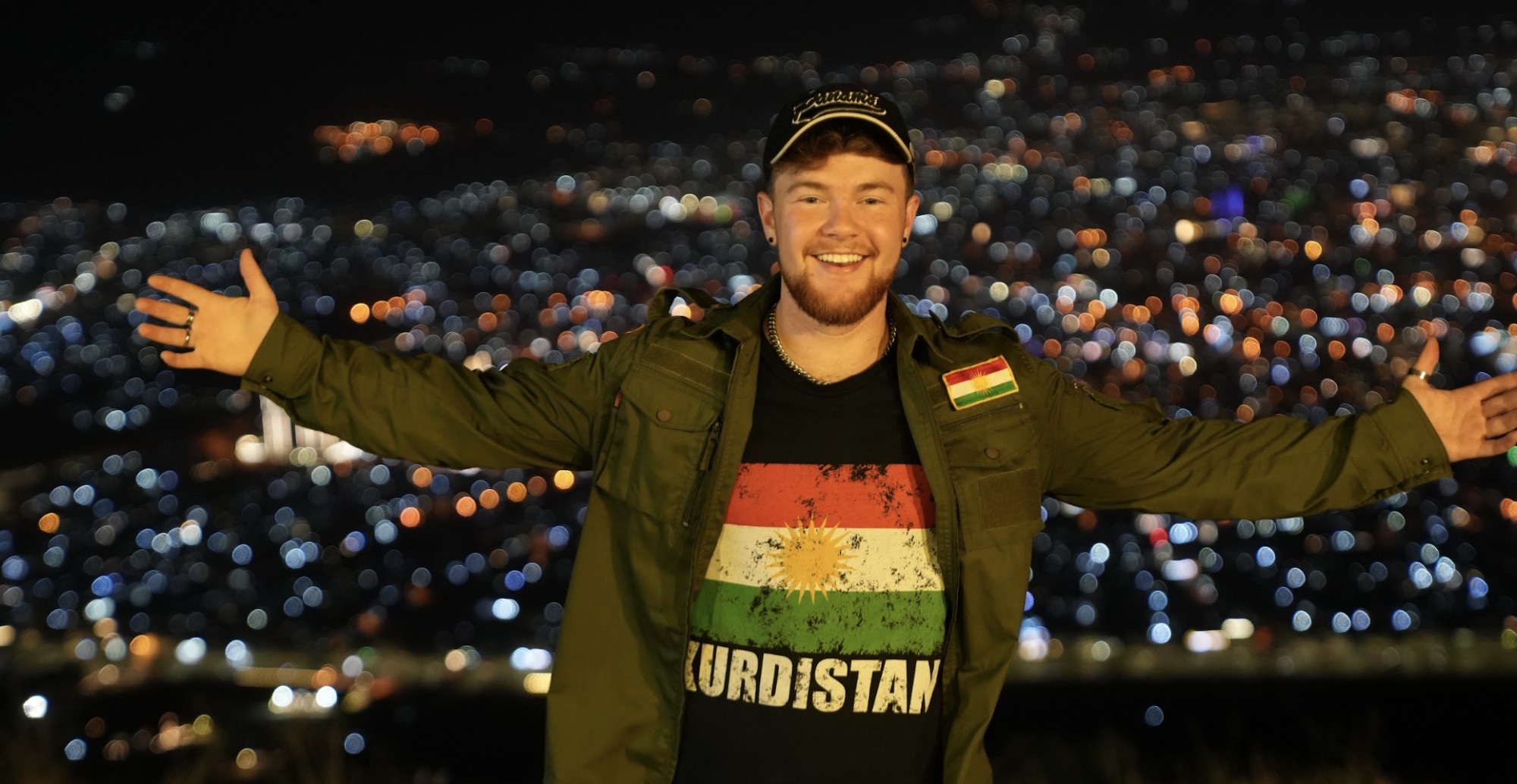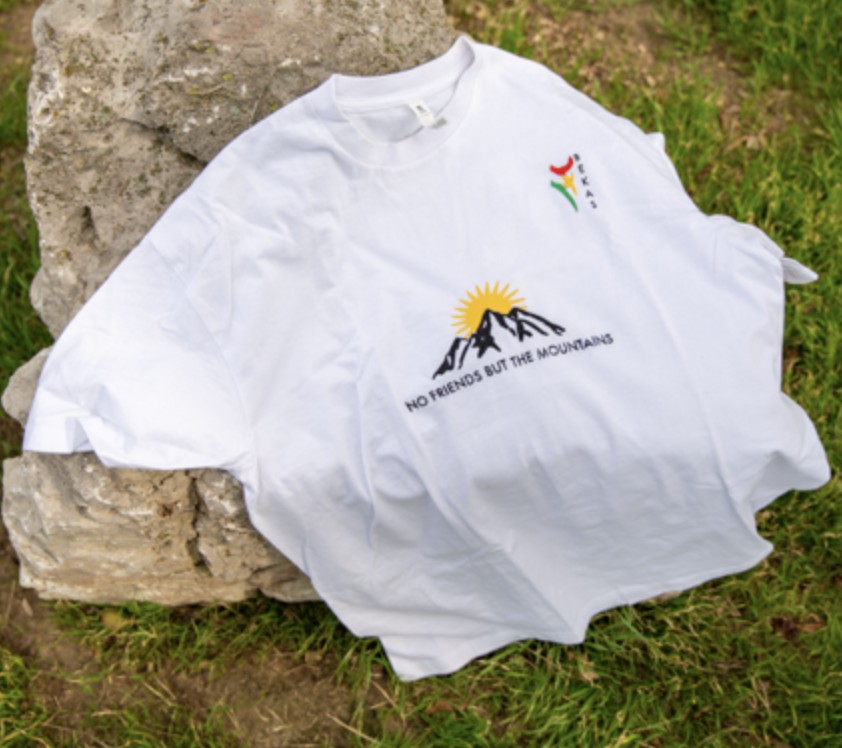Among the many beautiful places of Kurdistan, Hawraman – the mountainous region stretching from the northeastern Kurdistan Region into western Iran – manages to steal our attention with its distinct history and rich culture. The remnants of its roots are found among the painted rocks that tell the story of our Kurdish ancestors who once resided there, leaving a legacy for generations to come.
Remnants of this ancient culture can be traced back as far back as the 8th millennium BC, revealing a civilization that was more sophisticated than a group of common settlers. The people of ancient Hawraman, in fact, adhered to a lengthy compendium of laws and displayed other proto-democratic features, such as a group decision-making similar to that of a modern parliament.
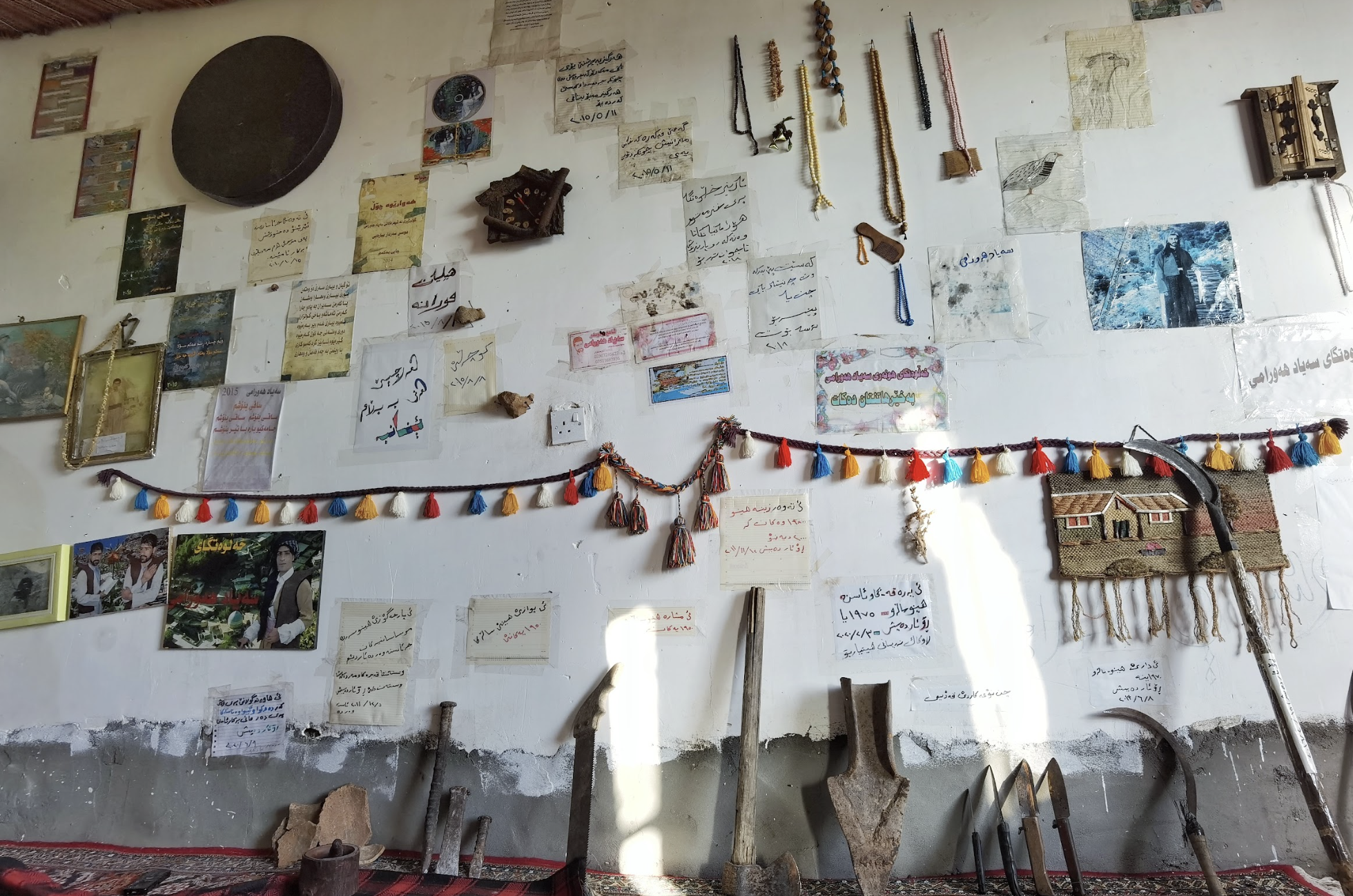
Timeless treasures
Inspired by such remnants from Hawraman’s past, Syad Hawrami, a young Kurdish man from the town of Byara in the Halabja Governorate, felt a strong pull to preserve his ancient heritage. In 2009, he started collecting artifacts from various time periods. Over the years, his collection has grown to include more than 300 pieces, which he now showcases at a self-funded museum in Byara, established the same year. Each artifact is accompanied by an informational card, offering visitors insights into Hawraman’s rich history.
With each step that our Kurdish ancestors took, they left behind valuable artifacts to remind us of our heritage. Hawraman, with its rich history, is no exception. One notable artifact from the region is an inscribed stone from the early 20th century, which provides valuable insights into the evolution of the Kurdish language, with a particular focus on the Hawrami dialect, also known as Gorani. While the Gorani dialect remains widely spoken in Hawraman today, these stones suggest that our Kurdish forefathers may have used a different form.
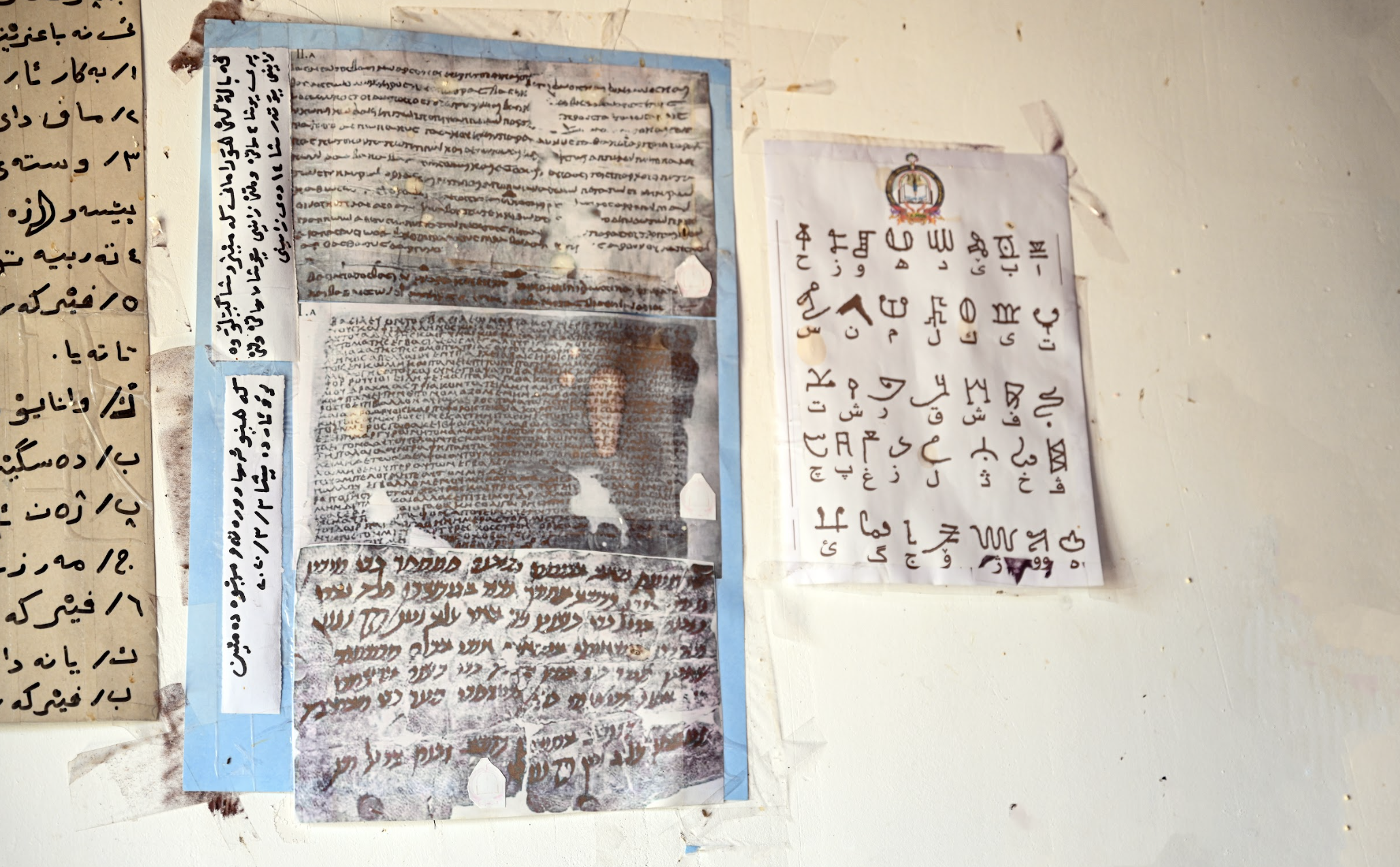
According to the third discovered inscribed stone, Kurdish ancestors used a unique adaptation of the Aramaic alphabet to write their language over 2,020 years ago. This ancient script was employed for official records, including one detailing a vineyard lease agreement witnessed by a government representative. The inscription highlights the cohesive legal practices among the residents of Hawraman and underscores the significance of agricultural activities and development in their society.
Another significant shaper of Hawraman’s past was its isolated location, which had political and social ramifications. For instance, one of Hawraman’s laws emphasized the importance of safeguarding independence, encouraging its people not to rely on the outside world and instead to make their own equipment and tools used in daily work themselves. Hawraman’s isolation naturally aided in the practice of this law, ensuring that its people remained self-sufficient and helping to protect and preserve their unique way of life.
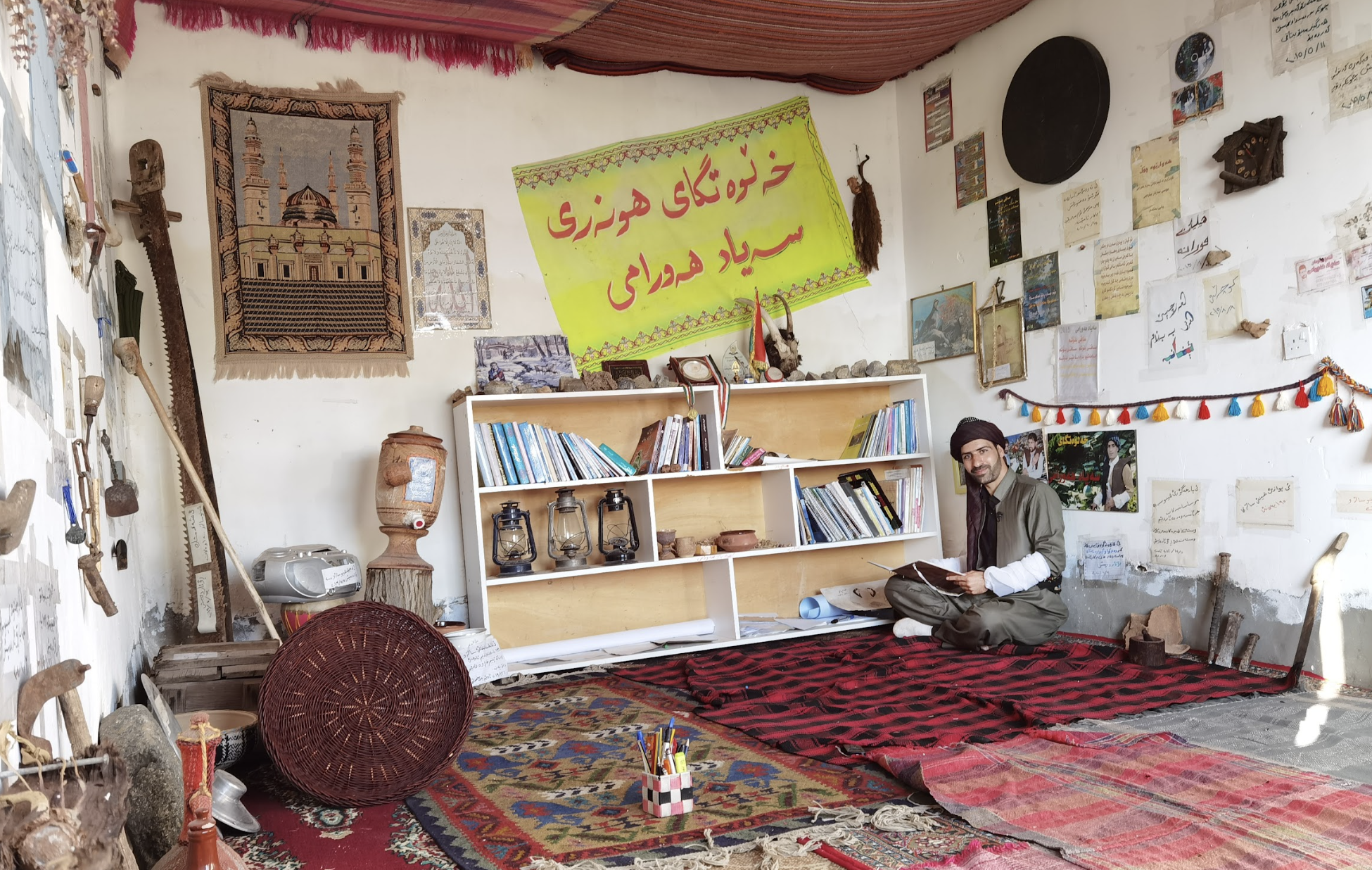
A place of poetry and music
Being attracted to this special place with a unique story, Syad’s collecting quest makes sense, and his collection already impressive. His most prized artifact is a stone flute – which is perhaps unsurprising to those who know that Hawraman was the center of Kurdish poetry and music for many centuries. While historians believe that the flute dates to the year 728 BC, archaeologists believe it belongs to a more recent period, namely 1700 AD. Regardless of which is accurate, this flute represents the deep connection that Kurds have with music and art.
Alongside the flute, Syad possesses several inscribed stones, which were sent to him by the British Museum and date to 78 BC. These are some of the few items that were gifted to Syad – most he himself collected. Other items in his museum include tools that were used for daily work and tasks, such as old knitting tools, as well as vintage jewelry and archives that contain old photographs. Most impressively, Syad managed to salvage some unpolished poems by Kurdish poets of the past.
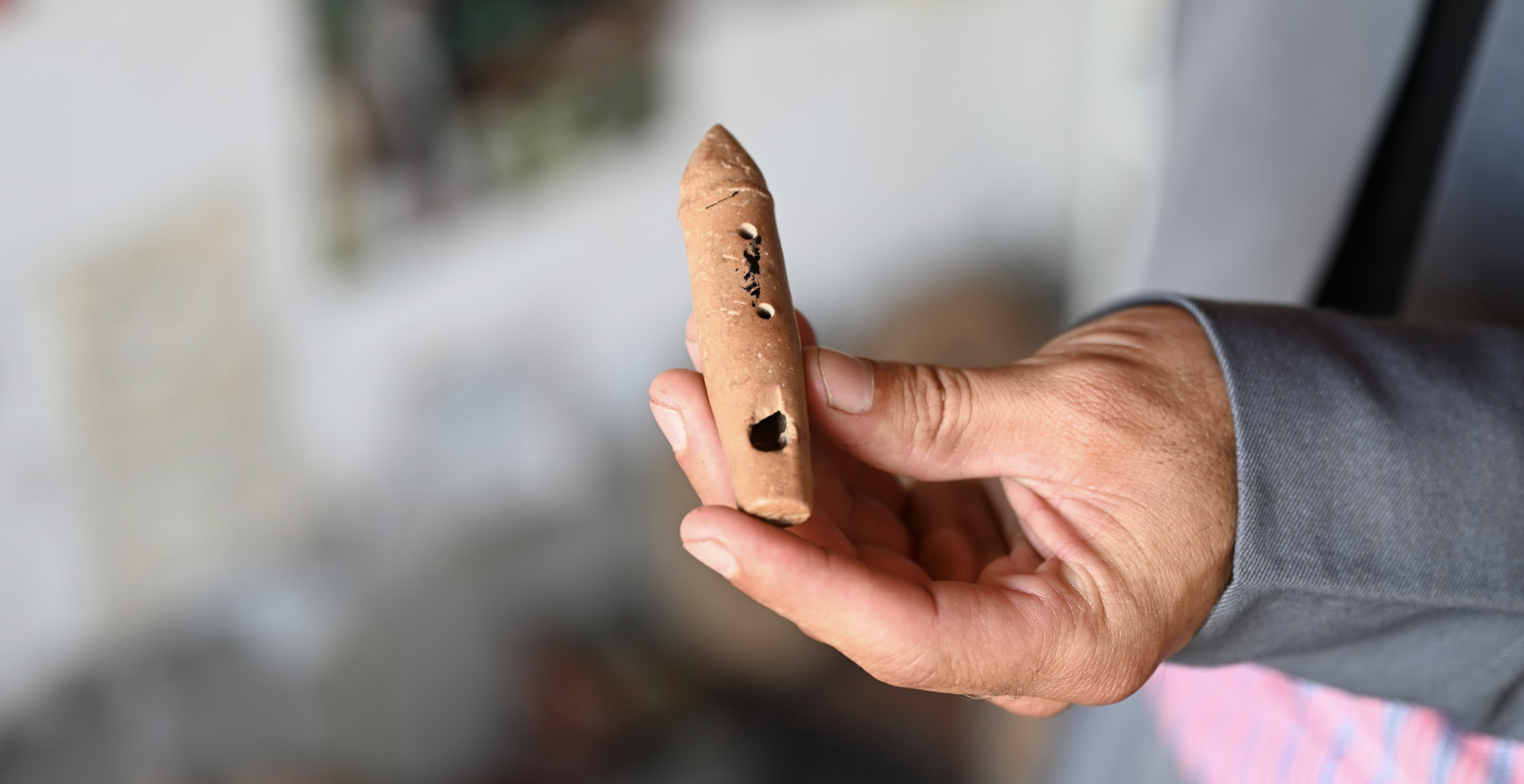
In addition to preserving the region’s history, one of Syad’s goals is to familiarize today’s youth with the lifestyles and cultures of their ancestors. “I will continue to voluntarily collect these items until a museum is established in Hawraman,” he says, noting that he would then donate every item of his collection to that museum.
Peshraw Mahdi is a freelance journalist and photographer with substantial experience in the field, having worked for numerous media agencies over several years. He has won multiple awards in photojournalism.
